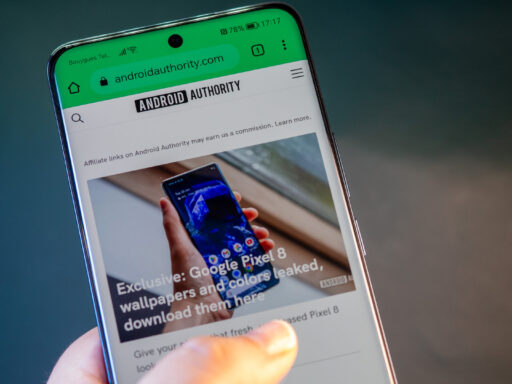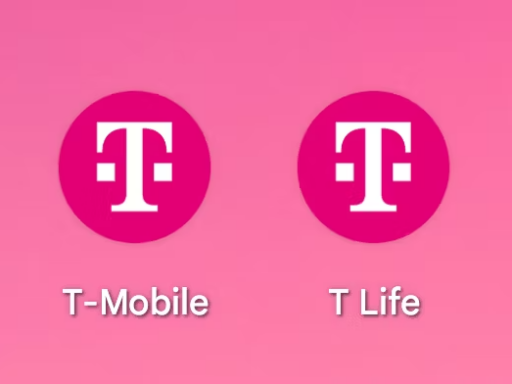The framework or platform you use to build your mobile app has a big impact on how it turns out. It determines factors like performance, how easy it is to maintain, and how well it can grow over time. With so many options, it’s important to thoughtfully consider your needs and goals.
Start by Getting Clear on Your Vision
Before picking any tools, define what you’re trying to build. Is this an app just for iPhone users, or does it need to work across platforms? Understanding your audience and desired experience provides guidance.
Research Popular Options
Look into frameworks like React Native, Flutter, Xamarin, and Apple’s Swift platform. Each has pros and cons. React Native and Flutter let you write code that runs on multiple systems, while Swift and Xamarin are best for truly native experiences.
Pay Attention to Speed and Costs
If you’re working with limited funds or a tight deadline, speed and costs matter. Reusing code across platforms often means developing faster and cheaper. But native options may be needed if high performance is critical or you want deep platform integration.
Consider User Experience and Performance
Nothing ruins an app like sluggishness. Native frameworks usually optimize for top speeds, but cross-platform tools have caught up a lot. Gauge your app’s complexity and latency needs.
Don’t Do It Alone – Find Community Support
Having others to learn from and get help from is invaluable. Frameworks with big, active communities like React Native tend to be safer bets since documentation and answers are plentiful online.
Build for the Long Haul
Think about maintainability, expandability, and keeping up with changes over time. Pick a framework aligned with where you envision your app heading in the future to avoid paint-yourself-into-a-corner issues down the road.
Weigh all these factors to determine the right framework match for your unique mobile application goals and requirements. With careful evaluation upfront, you can set yourself up for success.







